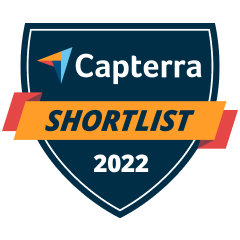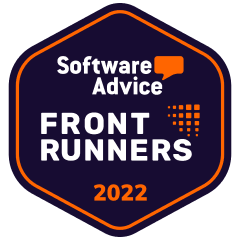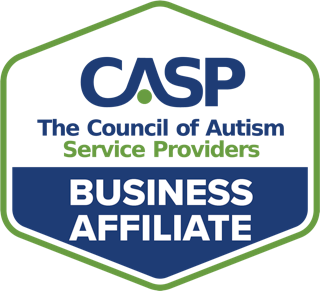Introduction
As professionals in the field of Applied Behavior Analysis (ABA), we have a unique and essential role in the lives of the families we serve. One of the most critical parts of this work is educating and supporting parents and caregivers in understanding the different ABA service models.
This knowledge forms the foundation of their child’s therapeutic journey, allowing them to make informed decisions and actively participate in the treatment process. Here, we delve into the intricacies of Focused and Comprehensive ABA treatment models, and how clinicians can utilize Rethink’s Medical Necessity Assessment (MNA) tool to communicate effectively about therapy dosages.
Explaining Focused ABA Treatment for Parents
The Focused ABA model is an essential part of our therapy toolbox. It’s a highly targeted treatment strategy, addressing a limited number of behavioral goals and is typically in the 10-25 hours per week prescription range. Versatile in nature, it can be appropriate for individuals across all ages, cognitive levels, and comorbid conditions.
As a clinician, it is important to effectively communicate to parents that Focused ABA works to increase socially acceptable behavior and decrease problematic behavior. It’s especially beneficial for children requiring intervention for a handful of key functional skills or those with severe problem behavior warranting immediate attention.
Whether you’re fostering following directions skills, promoting compliance with medical procedures, or nurturing independent leisure skills, the Focused ABA model presents vast opportunities for behavioral enhancement. As a clinician, you prioritize treatment goals based on several factors, including the severity of behavior impacting a child’s health, safety, quality of life, and the absence of vital adaptive, social, or functional skills.
Explaining to Parents on Comprehensive ABA Treatment
The Comprehensive ABA treatment model takes a more holistic approach, addressing multiple developmental domains including cognitive, communicative, social, emotional, and adaptive functioning and ranges from 36-40 hours of therapy per week. It’s essential for parents to understand that Comprehensive ABA also targets maladaptive behaviors such as task refusal, aggression, and stereotypy.
The Comprehensive ABA model’s broad spectrum, for example, is evident in early intensive behavioral intervention. Its overarching goal is to close the gap between the child’s level of functioning and that of typically developing peers. Comprehensive treatment can also significantly benefit older children diagnosed with ASD, particularly those displaying severe or dangerous behaviors across environments. Therapy sessions are typically provided in very structured environments and progressively integrate more naturalistic methods. A core part of this treatment model is in training family members and caregivers, empowering them to manage problem behaviors and interact therapeutically with the child.
Bridging Communication Gaps with Rethink’s Medical Necessity Assessment (MNA) Tool
Considerations such as severity of symptoms with individuals with ASD, variability with potential co-morbidities, barriers to treatment, length in treatment, and treatment methods used, creates a very complex and subjective review process in determining ABA dosages for clients. Without effective communication, understanding how these variables affect a clinician’s recommendation for prescriptions can be difficult for parents to comprehend and we may not get initial buy-in from caregivers when recommending treatment hours. To help streamline this process and bridge the communication gap, we created Rethink’s Medical Necessity Assessment (MNA) tool.
The MNA tool is also a powerful ally in advocating for your clients. It provides consistency in treatment documentation, facilitating clear and uniform communication when submitting treatment plans to funding sources. It also plays a pivotal role in educating and training clinicians, besides highlighting areas where research needs to be fortified.
Not only does the tool serve as a guide in the clinical decision-making process for ABA prescriptions, but it can also inform conversations with parents and caregivers regarding why it is important to utilize recommended hours from on the onset of services. Its track record is impressive, boasting an 87% average agreement between the tool and the clinician, with over 23,000 assessments completed to date. Its utility and effectiveness are further underscored by its widespread adoption, with more than 500 ABA organizations using the MNA tool.
Conclusion
With tools like the MNA, clinicians are armed to more effectively communicate their ABA therapy dosage recommendations, ensuring parents feel involved, informed, and confident about the treatment process. The MNA not only enhances your professional service delivery but also fosters a trusting and collaborative relationship with the families you serve.
Rethink is committed to making the therapeutic journey as smooth as possible for the clinician, the child and their family, and utilizing the MNA tool is a significant stride in that direction.










